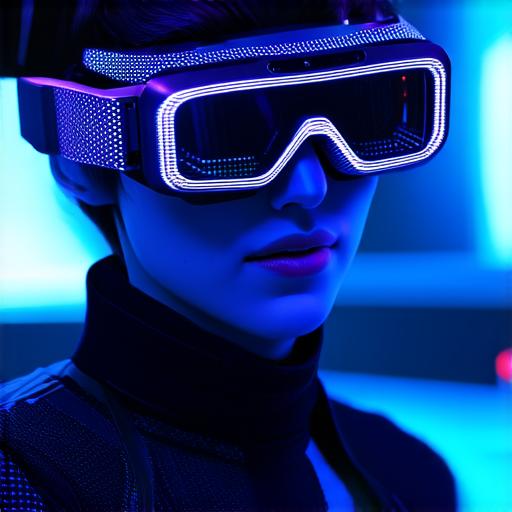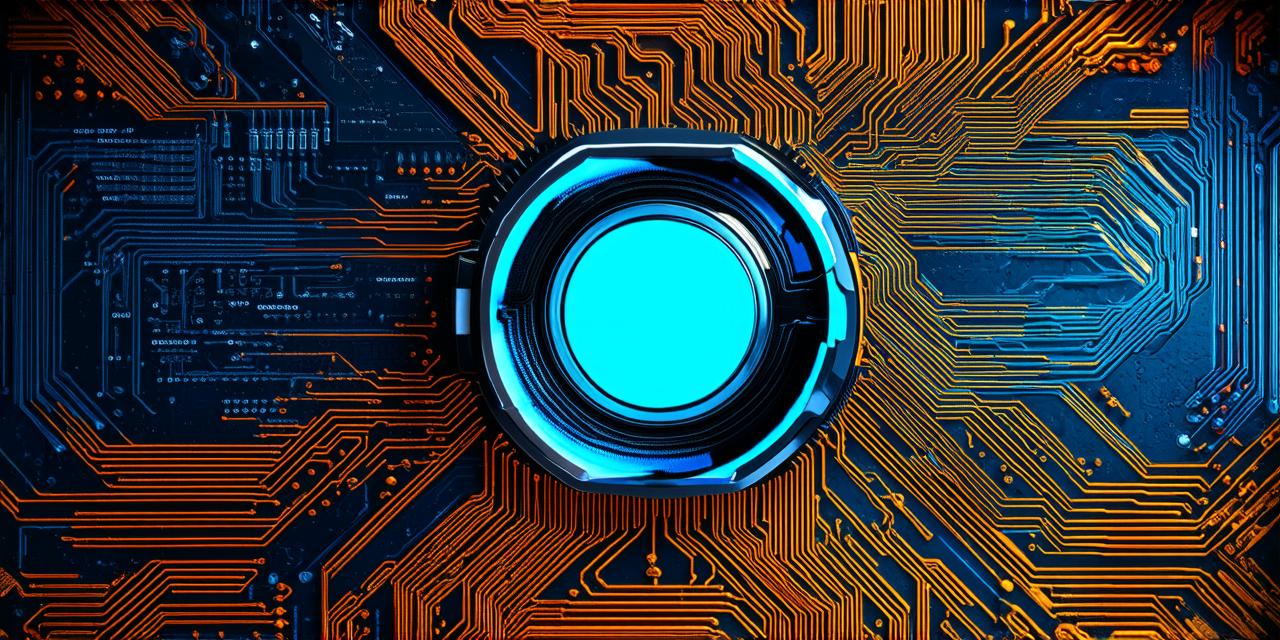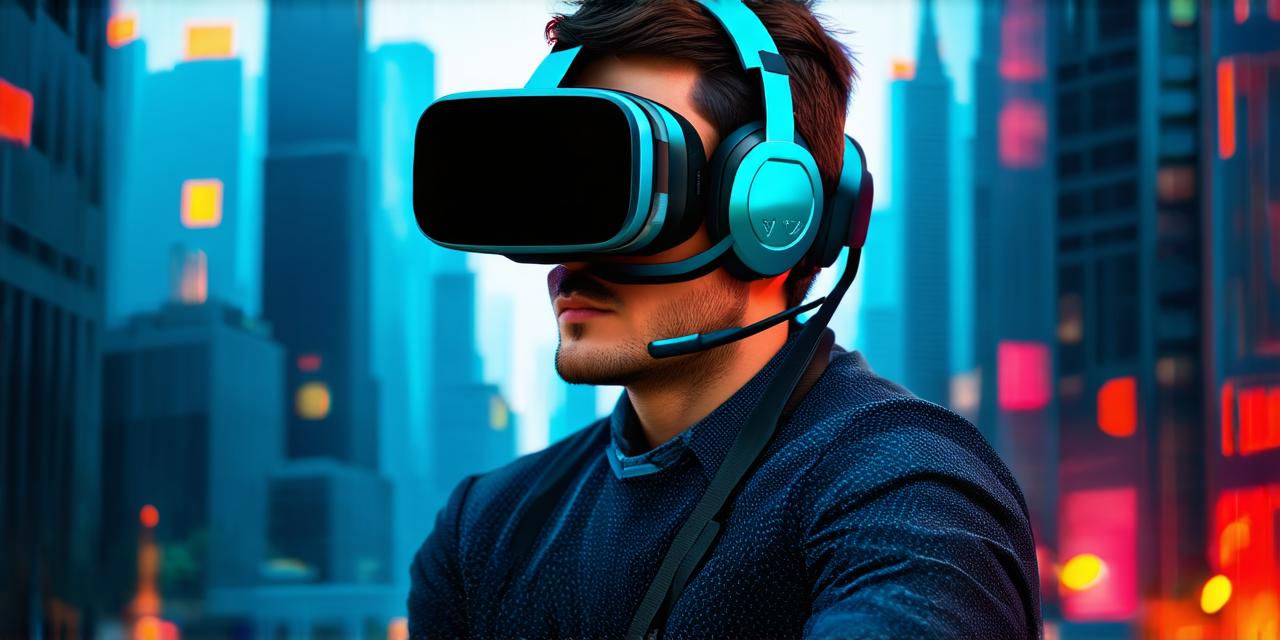Virtual reality (VR) is a rapidly growing technology that has the potential to revolutionize the way we experience and interact with the world around us. However, one of the key components of VR is its frame rate, which determines how smoothly and seamlessly the virtual environment is displayed on a user’s screen or device.
Frame Rate and Motion Sickness
One of the main reasons why a high frame rate is important in VR is to reduce motion sickness. When the frame rate of a virtual environment is low, it can cause rapid movements and sudden changes in visual input, which can lead to feelings of nausea and disorientation. A high frame rate helps to smooth out these rapid movements and reduce the amount of visual input that is presented to the user, which can help to prevent motion sickness.
Frame Rate and Immersivity
Another important aspect of VR is its ability to create a sense of immersion for the user. A high frame rate helps to achieve this by creating a more realistic and seamless virtual environment that mimics real-world motion and interactions. When the frame rate is low, it can make the virtual environment appear choppy and disjointed, which can detract from the overall immersive experience.

Frame Rate and Performance
A high frame rate can also have a significant impact on VR performance. When the frame rate is low, it can cause lag and stuttering in the virtual environment, which can make interactions with objects and characters more difficult and frustrating. A high frame rate helps to ensure that these interactions are smooth and responsive, which can enhance the overall user experience.
Frame Rate and Hardware Requirements
Finally, a high frame rate can require significant hardware resources, which can be a barrier to entry for some users. Higher frame rates often require more powerful CPUs, GPUs, and other components, which can drive up the cost of VR hardware. However, as technology continues to improve, it is likely that these requirements will become less of an issue in the future.
In conclusion, a high frame rate is crucial in virtual reality for a number of reasons, including reducing motion sickness, enhancing immersion, improving performance, and minimizing hardware requirements. As VR technology continues to evolve, it is likely that we will see more emphasis on high frame rates and the development of technologies that make it easier to achieve them.



